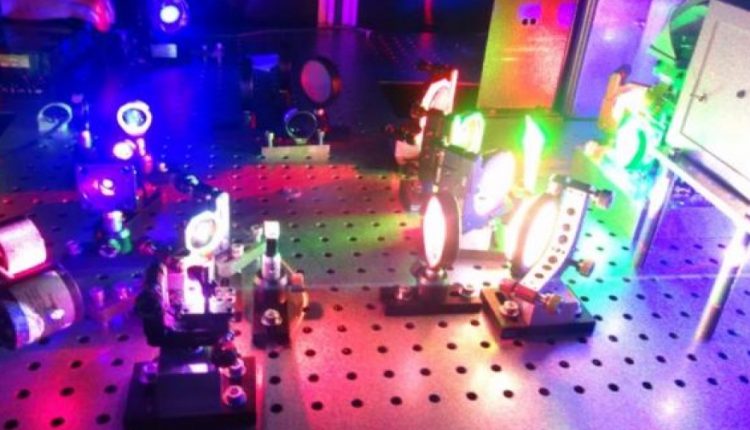
This Printer Creates Detailed Digital 3D Holograms
Over the past 15 years, researchers at Ultimate Holography in France have been working to build a hologram printer that possessed all the positive characteristics of a hologram printer but without the drawbacks like expensive lasers, slow printing, and limited field of view. Now, those researchers have accomplished that goal.
The new printer produces digital 3D holograms with an unprecedented level of detail and realistic color. It could be used to make high-resolution color recreations of objects or scenes for museum displays, architectural models, fine art or advertisements that do not require glasses or special viewing aids.
The CHIMERA printer, as it”s called, uses low-cost commercial lasers and high-speed printing to produce holograms with high-quality color that spans a large dynamic range.
The new printer creates holograms with wide fields of view and full parallax on a special photographic material they designed. Full parallax holograms reconstruct an object so that it is viewable in all directions, in this case with a field of view spanning 120 degrees.
The printer can create holograms from 3D computer generated models or from scans acquired with a dedicated scanner developed by the researchers. The high-quality holograms can even be used as masters to produce holographic copies.
How they did it
In order to develop this new hologram printer, the researchers carefully studied two previously developed holographic printer technologies to understand their advantages and drawbacks.
What they found was that when companies working on previous generations of printer came across technical limitations, they simply closed, but their self-funded group was able to develop a highly sensitive photomaterial with a very fine grain rather than use a commercially available rigid material like previous systems.
The CHIMERA printer uses red, green and blue low-power commercially available continuous wave lasers with shutters that adjust the exposure for each laser in a matter of milliseconds. The researchers also created a special anti-vibrating mechanical system to keep the holographic plate from moving during the recording.
Holograms are created by recording small holographic elements known as hogels, one after another using three spatial light modulators and a custom designed full-color optical printing head that enables the 120-degree parallax. After printing, the holograms are developed in chemical baths and sealed for protection.
The hogel size can be toggled between 250 and 500 microns and the printing rate adjusted from 1 to 50 hertz (Hz). For example, if a hogel size of 250 microns is used, the maximum printing speed is 50 Hz. At this speed it would take 11 hours to print a hologram measuring 30 by 40 centimeters, about half of the time it would take using previous systems based on pulsed lasers.
High brightness and clarity
The researchers used the new technology to print holograms that measured up to 60 by 80 centimeters showing various color objects including toys, a butterfly and a museum object.
The researchers say that as technology improves, especially 3D software, it may be possible to expand their hologram printing approach to medical or other advanced applications.
